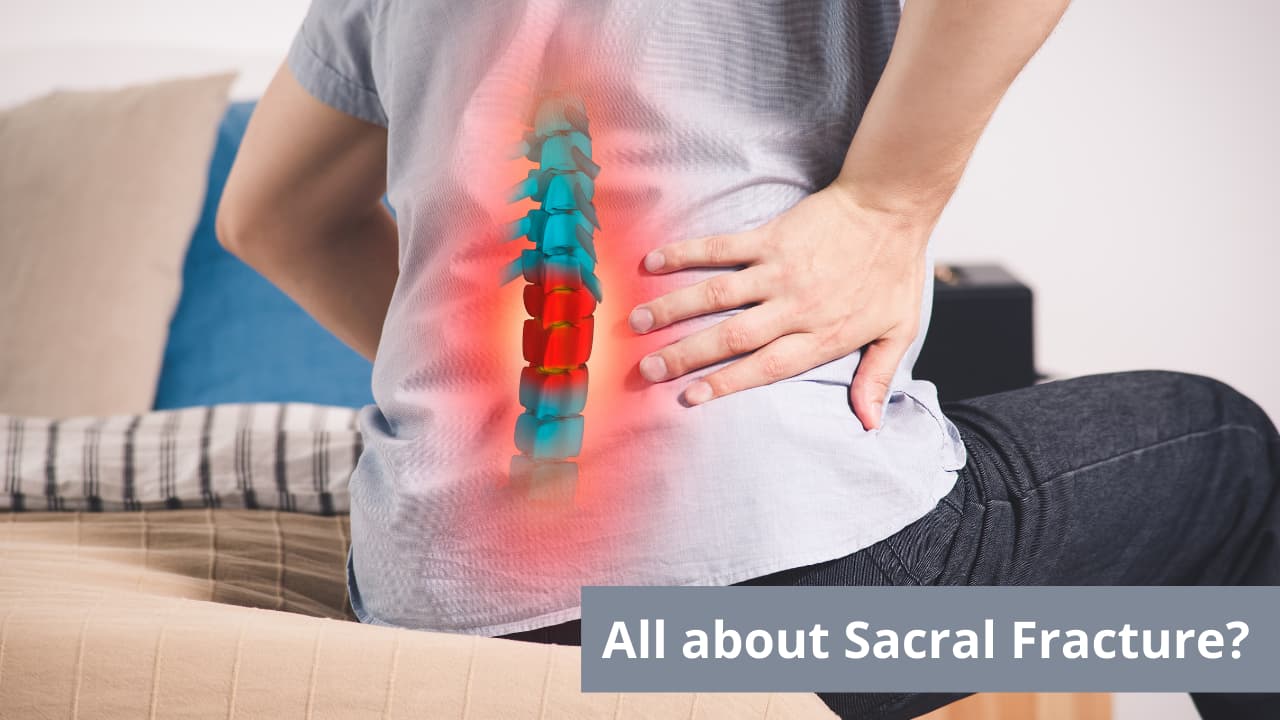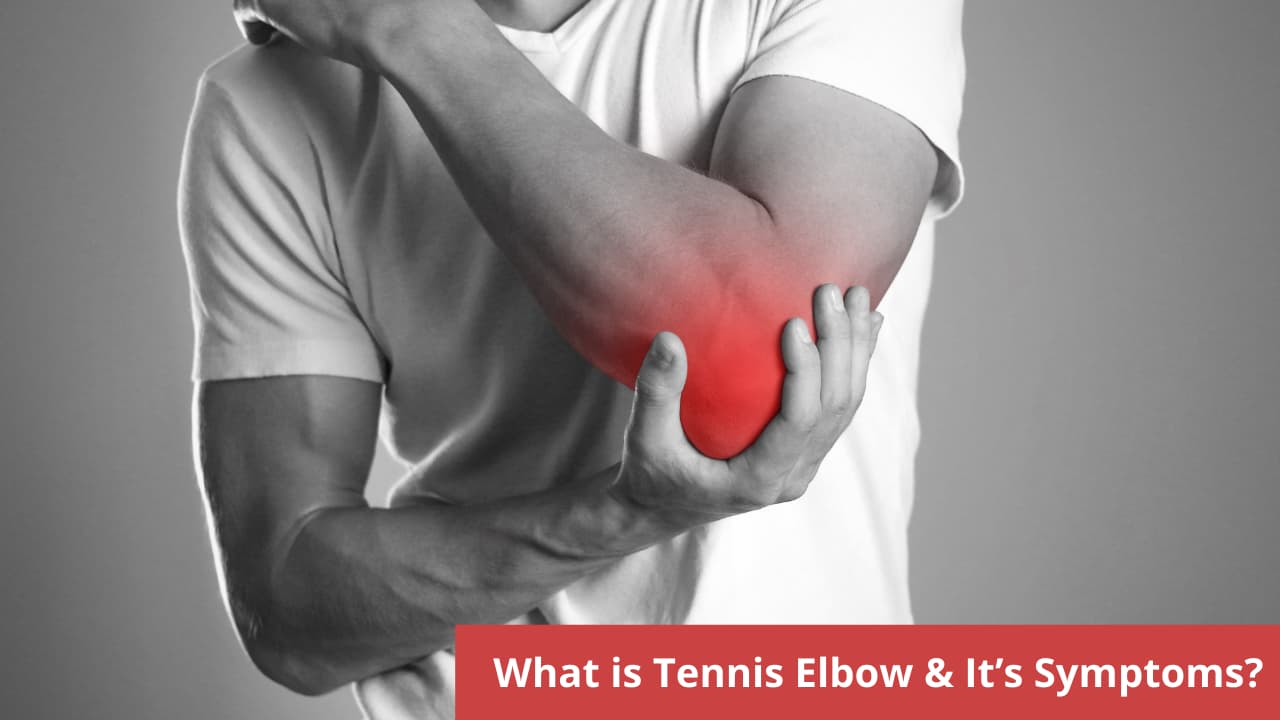All about Sacral Fracture


The sacrum is the lower part of the spine, below the lumbar spine and above the coccyx or tailbone. It is made up of five fused vertebrae called sacral vertebrae. Fracture of these vertebrae is called a sacral fracture. The sacrum anchors the spine firmly to a bony structure called pelvic girdle between the two hip bones.
Sacral fractures can be
- Stable fracture – Without any injuries to the bladder, nerves, bowels or sexual organs
- Unstable fracture – In this case, nerves leading to the pelvic organs may be involved, leading to urinary disturbances, sexual dysfunction or injury to the bowels. If there is an injury to a major blood vessel, it may cause bleeding in the pelvis or the area towards the back called retro-peritoneum, where the kidneys are situated.
Sacral fractures can be further classified into vertical fractures, transverse fractures, traumatic fractures.
Causes for sacral fractures
- Traumatic fractures occur due to car or two-wheeler accidents, falls, crush injuries and contact sports. Competitive runners may be at risk due to frequent running on hard ground.
- Osteoporosis may result in a sacral fracture, even without any trauma.
- Rheumatoid arthritis can also predispose to this type of fracture.
- Sacral fractures are seen more often in post-menopausal women, some sportsmen and those operating heavy machinery.
- People who have undergone radiation therapy or are on long-term corticosteroids are more susceptible to this type of fracture.
Symptoms and signs of sacral fracture
- Severe lower back pain
- Tingling or numbness
- Urinary incontinence, faecal incontinence (inability to control the passage of stools)
- Sexual problems
Diagnosing sacral fracture
- The person may give the history of a vehicular accident, direct blow to the lower back or a bad fall.
- History of medical conditions like diabetes, osteoporosis, rheumatoid arthritis and steroid or radiation therapy for any ailment should be carefully sought.
- Local examination includes looking for any swelling, deformity, inability to bear weight. A complete neurological examination should be done.
Investigations for sacral fracture include
- X-ray of the lumbosacral spine (LS spine).
- A bone scan can be asked for if stress fractures (fracture due to repetitive overuse of bones) are suspected.
- An MRI is helpful to detect any hip bone fractures or cracks.
- If blood loss is suspected, a series of haemograms and haematocrit, as well as urine analysis, is required.
Treatment for sacral fractures
For a stable fracture without complications, bed-rest, along with wearing a brace or sacral corset is enough to promote healing. Medications include pain-killers to alleviate pain.
In case of an unstable fracture with neurological deficit or a displaced fracture (where bones are displaced from the original position), surgery is necessary.
Prevention
This problem cannot always be prevented. Starting a new sport slowly can help lower the risk of injury. Healthy muscles and bones may also help. This can be achieved through regular diet and exercise.
© Copyright 2024. Apollo Hospitals Group. All Rights Reserved.
 +91 8069991061
Book Health Check-up
+91 8069991061
Book Health Check-up







